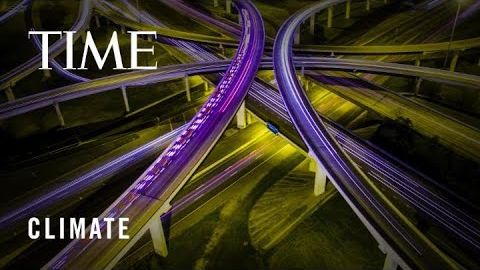How Biden's Infrastructure Plan Can Impact Electric Vehicles | TIME
joey joey が 2021 年 05 月 27 日 に投稿  この条件に一致する単語はありません
この条件に一致する単語はありませんUS /ˈɪnfrəˌstrʌktʃɚ/
・
UK /'ɪnfrəstrʌktʃə(r)/
- n. (u.)インフラ;社会基盤;組織基盤;IT基盤
- v.t.こす : ろ過する;負担をかける
- n. (c./u.)(使い過ぎによって)体の一部を痛めること;種族 : 菌株
US /praɪˈɔrɪti, -ˈɑr-/
・
UK /praɪ'ɒrətɪ/
- n. (c./u.)優先順位;優先度;優先通行権
- adj.優先的な
エネルギーを使用
すべての単語を解除
発音・解説・フィルター機能を解除

